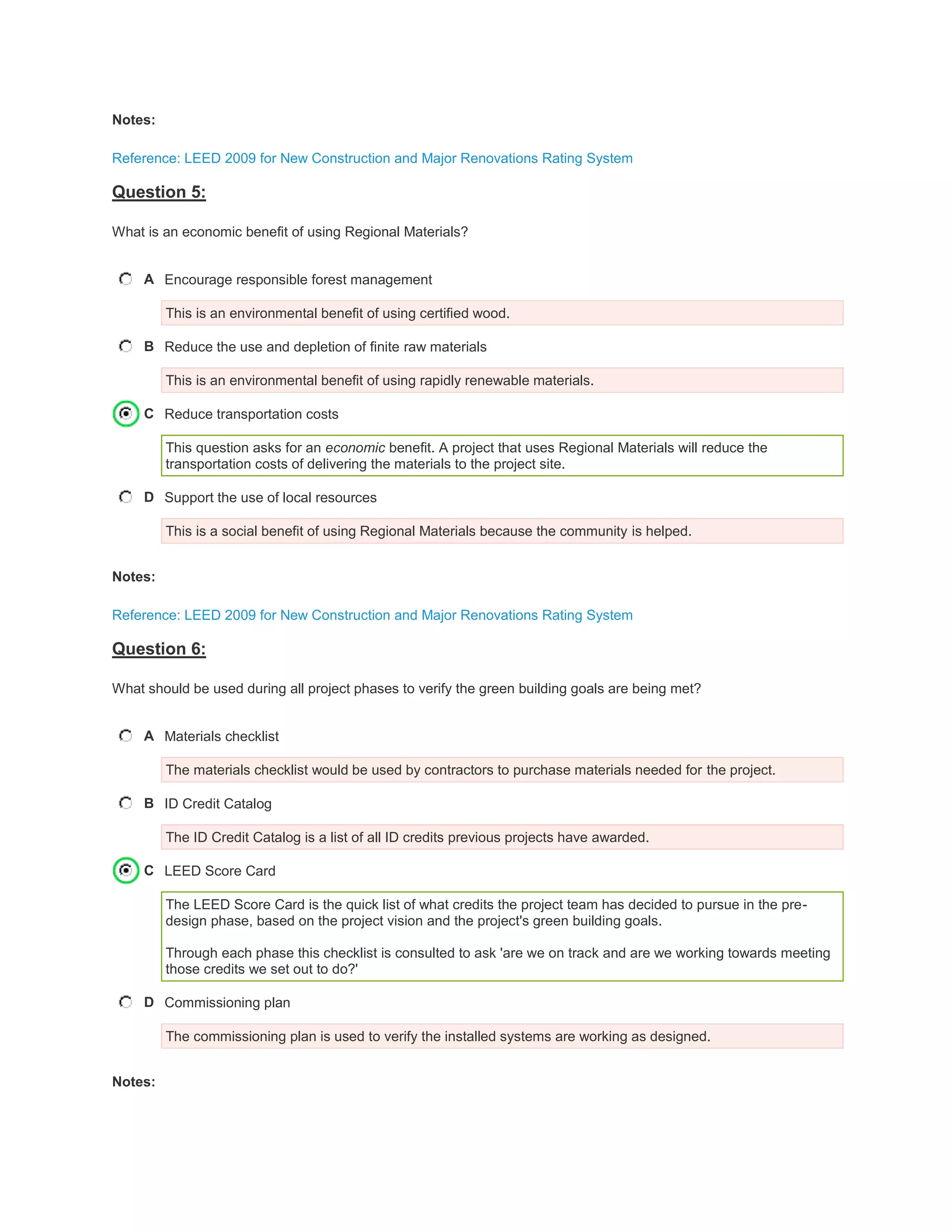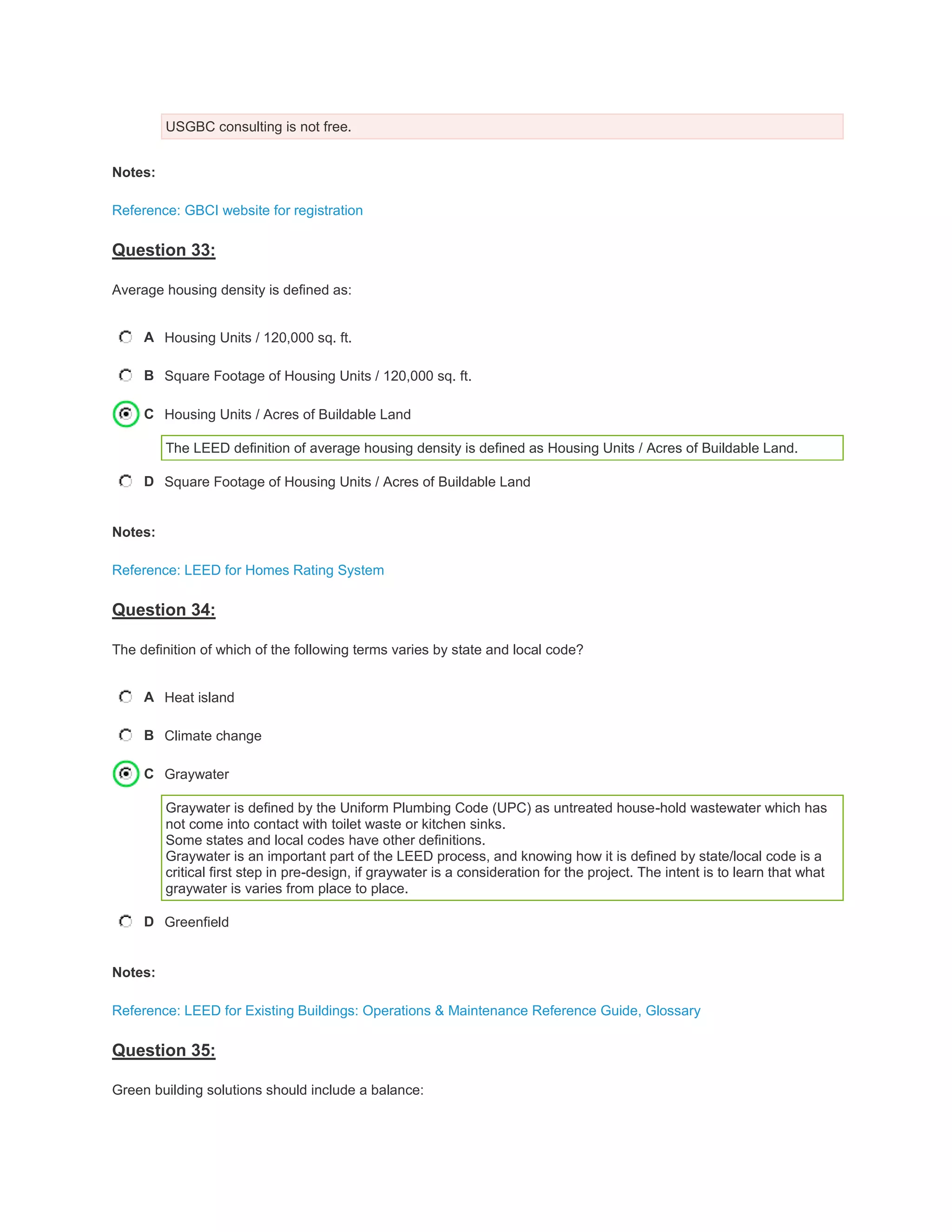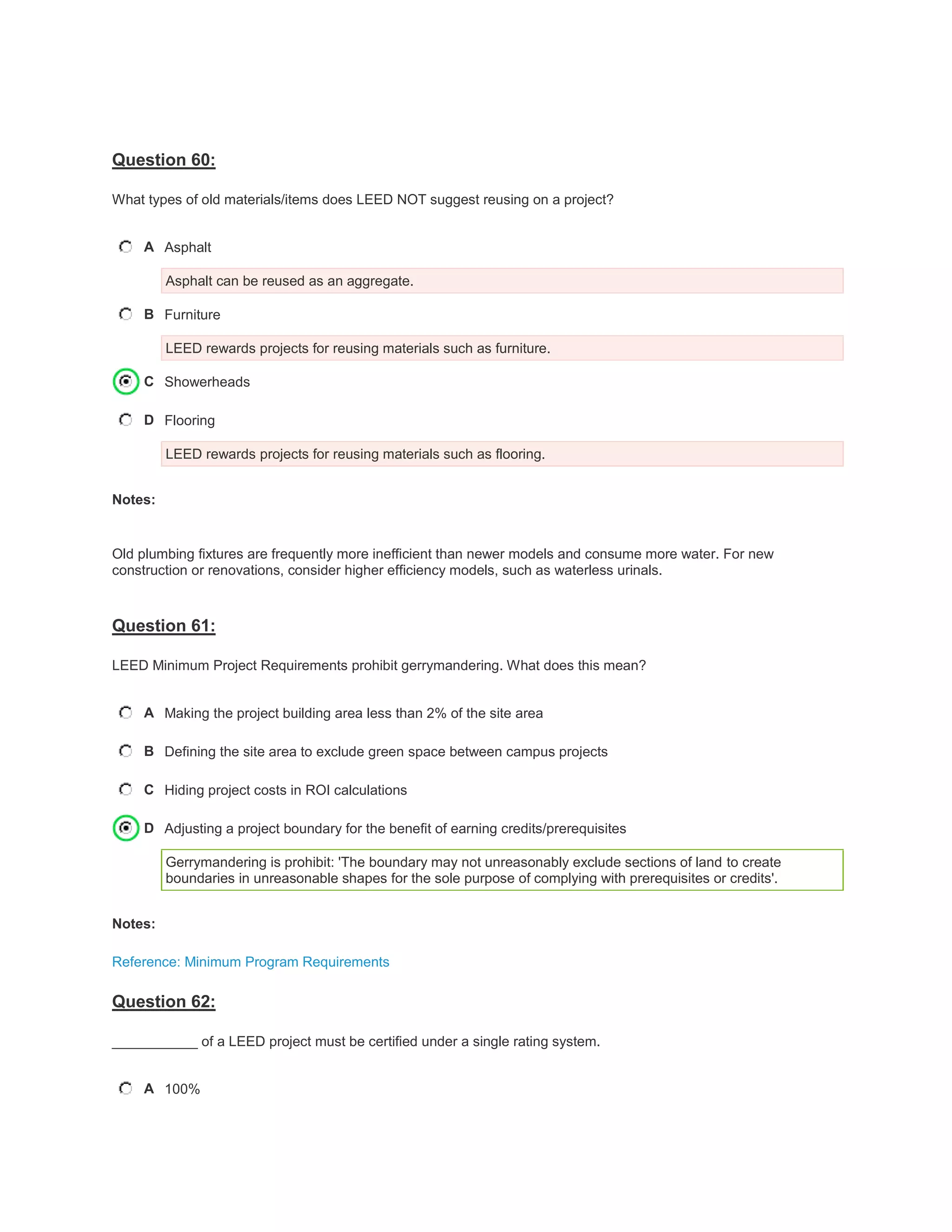Global Warming Potential (GWP) measures the effect a refrigerant will have on global warming compared to carbon dioxide, with a lower GWP being better for the environment. Green Seal labels products that are more environmentally friendly, including paints and cleaning products. A major renovation of an existing K-12 school would use the LEED for Schools rating system. In an existing building, CFC refrigerants can be replaced with HCFCs, HFCs, or natural refrigerants to earn LEED certification.
















































